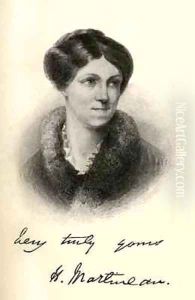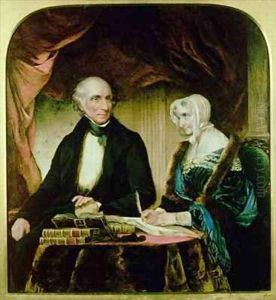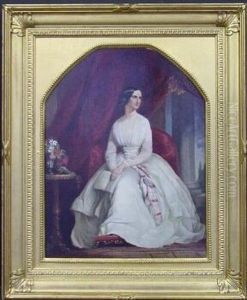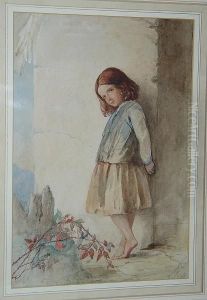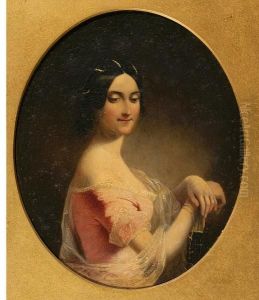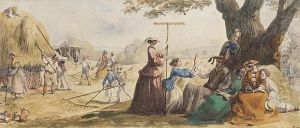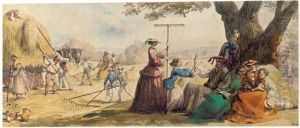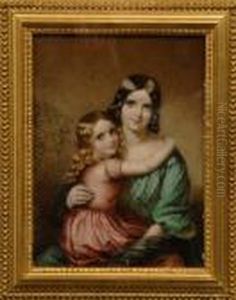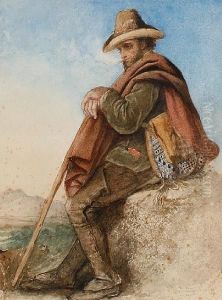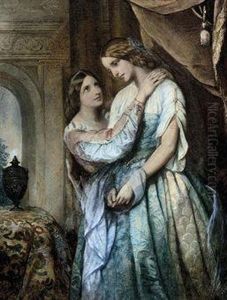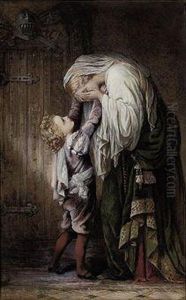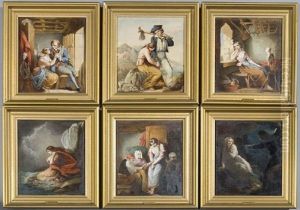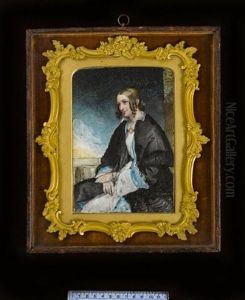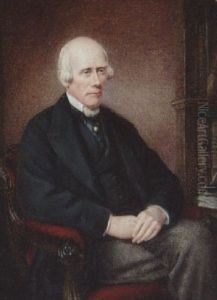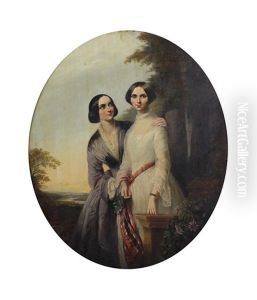Margaret Gillies Paintings
Margaret Gillies was a British painter, born in 1803, recognized for her work as a miniaturist and watercolor portrait artist. Throughout her life, Gillies was deeply involved in social reform movements, which often influenced her artistic endeavors. Her early education in art began under the guidance of her uncle, William Gillies, and she further honed her skills at the Royal Academy schools.
Gillies' career spanned several decades during which she exhibited a wide range of works, from miniatures to large-scale oil paintings. However, she is most acclaimed for her watercolor portraits, which were praised for their delicacy and emotional depth. A notable period in her career was in the 1840s when she painted a portrait of the famous writer Charles Dickens, a work that garnered significant attention and acclaim at the time.
Apart from her artistic achievements, Margaret Gillies was a fervent advocate for women's rights and social justice. She was actively involved in the movement for the abolition of slavery and also worked towards improving the conditions for women in the arts. Her commitment to social causes was reflected in her participation in various exhibitions and events that aimed to raise awareness and funds for these issues.
Towards the latter part of her life, Gillies' contributions to art and society were recognized when she was admitted as a member of the Royal Watercolour Society. Despite her significant impact, her work was somewhat forgotten after her death in 1887. However, recent years have seen a resurgence of interest in her life and work, highlighting her as an important figure in the history of British art and the social reform movements of the 19th century.
